2016 Cannondale SuperSix EVO Hi Mod revealed
Legendary lightweight bike gets a ground-up redesign
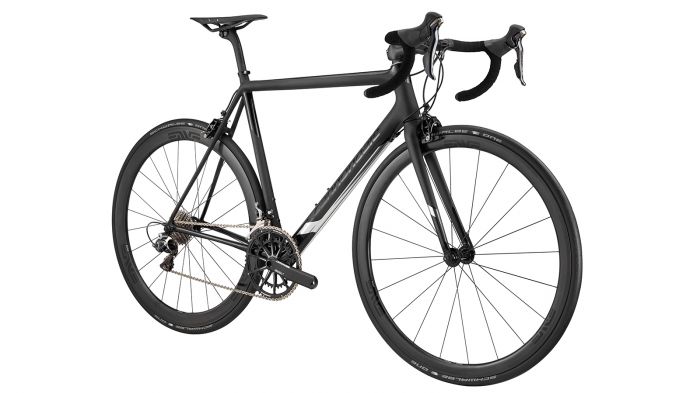
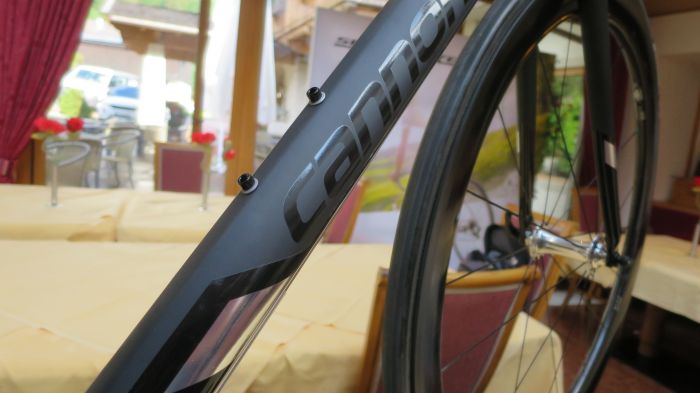
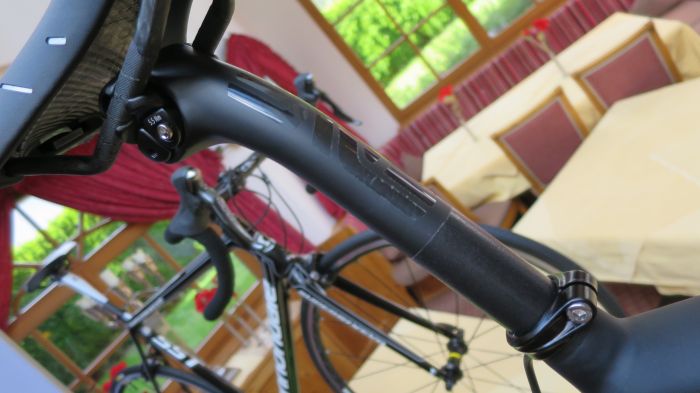
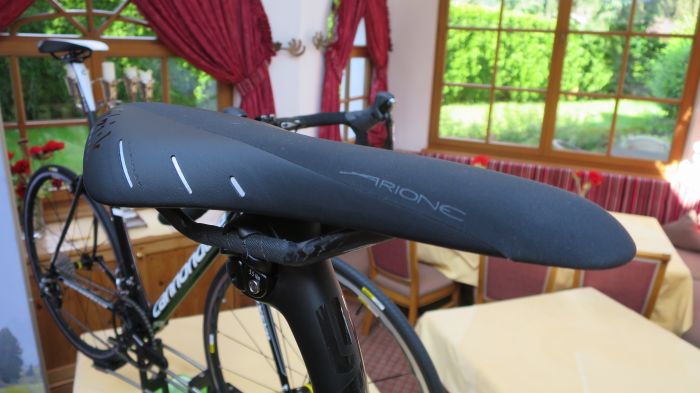
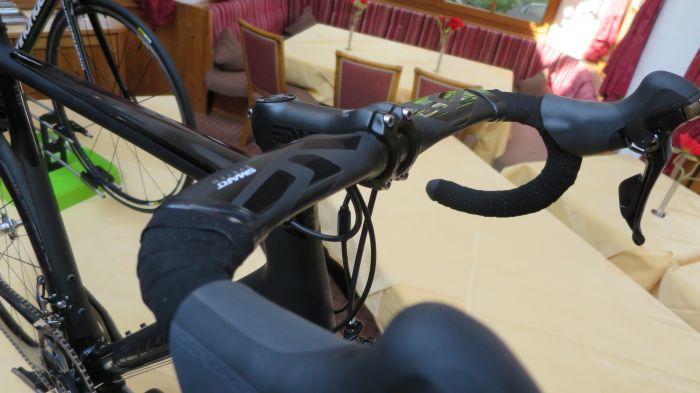
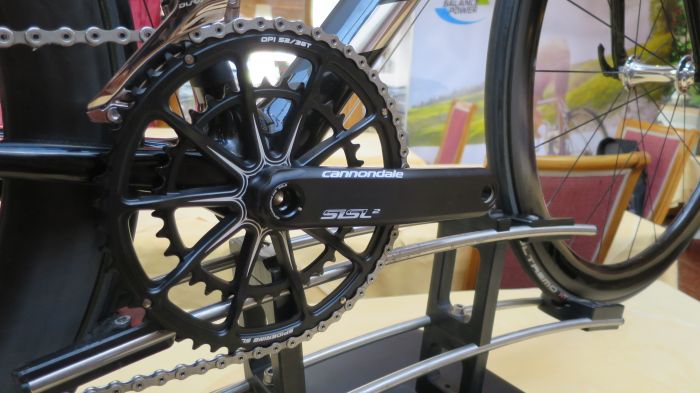
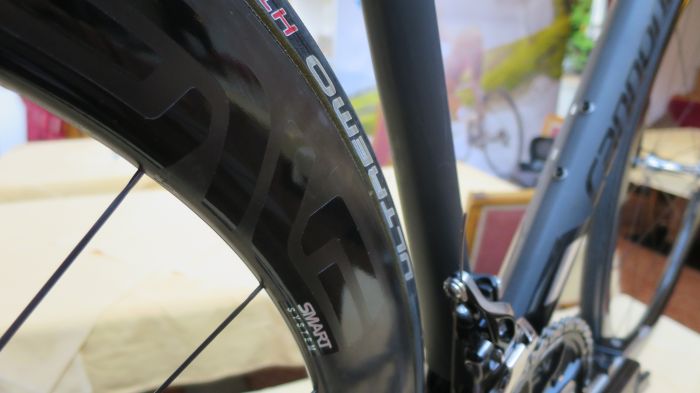
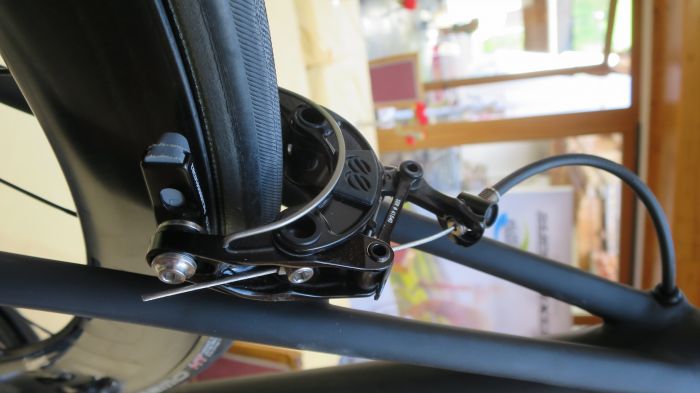
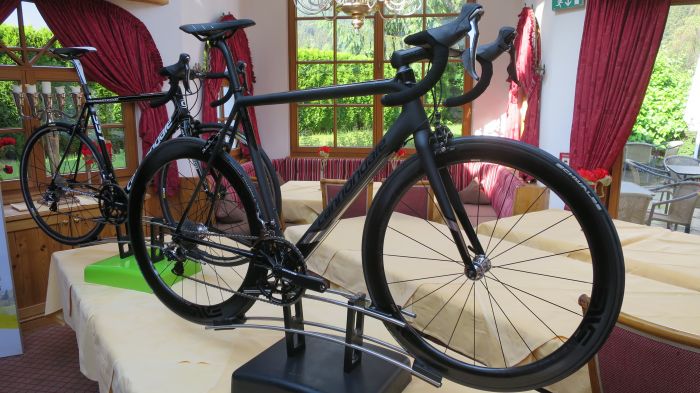
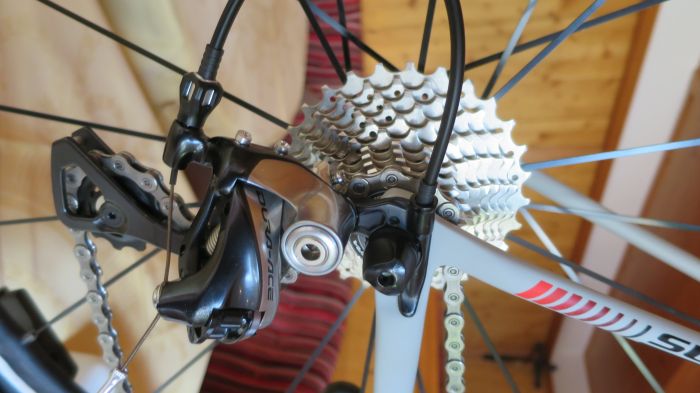
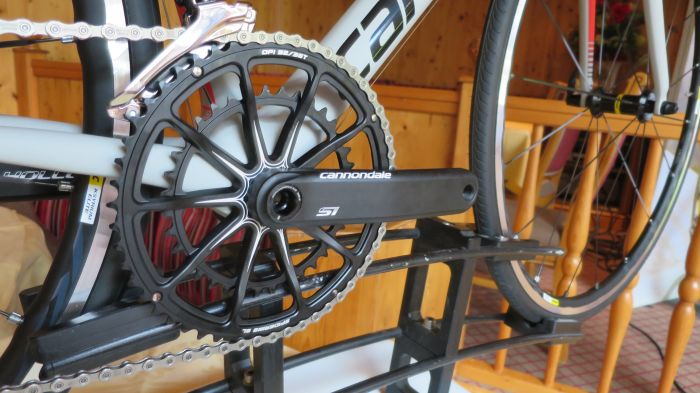
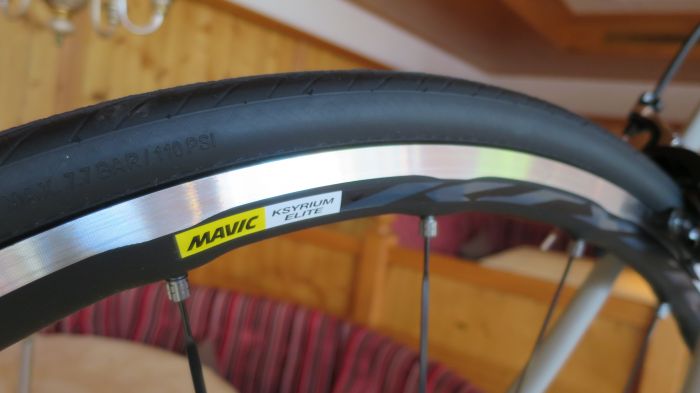
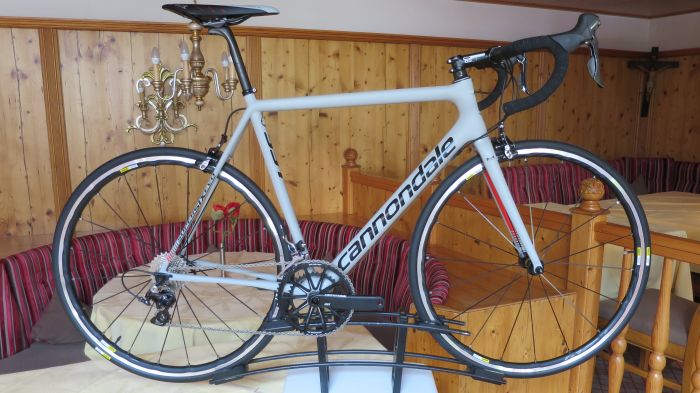
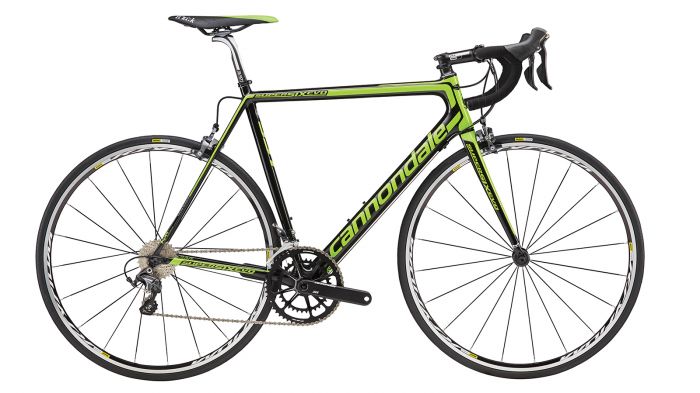
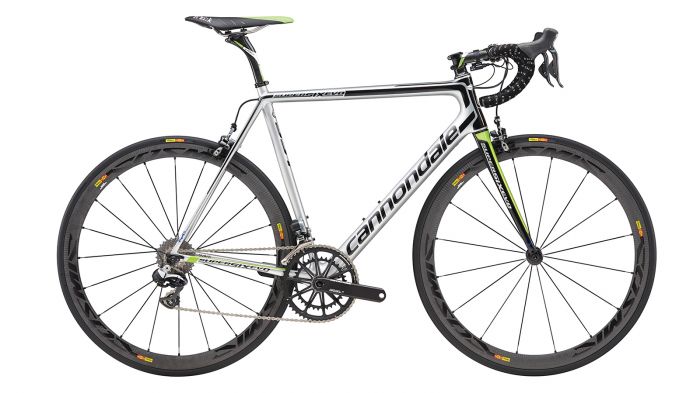
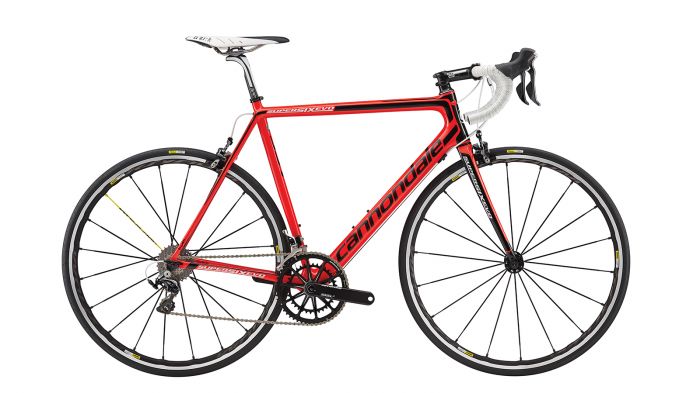
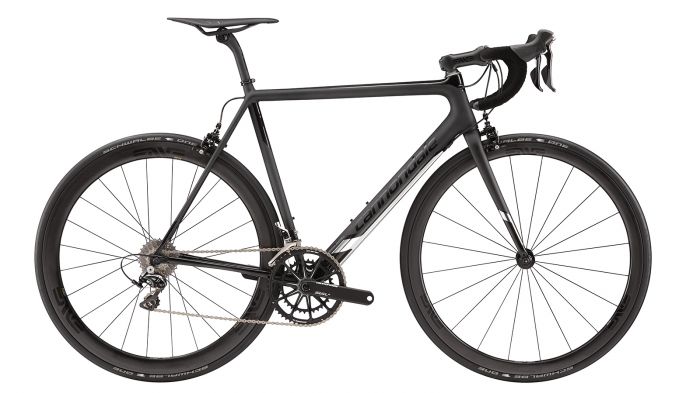
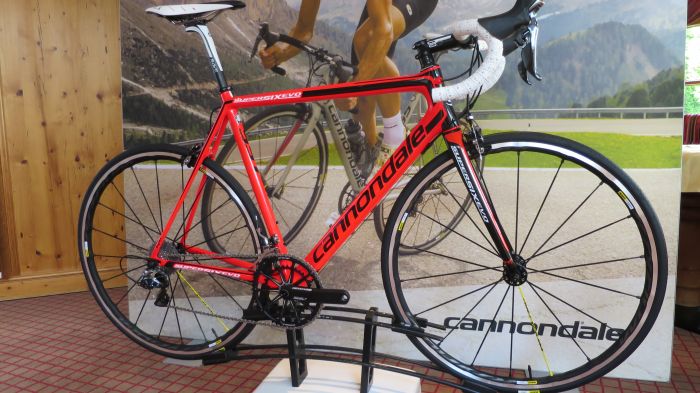
This article originally appeared on BikeRadar
True performance lies in the balance. On current bike design we are often seeing designs focused on a single element, be it, lightest, stiffest or most aero. With the SuperSix EVO, Cannondale aims to be the best all-rounder, not a headline grabber in one area.
The original EVO proved successful, winning climbing stages, sprint stages, flat stages. Plus a huge amount of accolades (including a 5 star review here at BikeRadar).
"Elite race bikes historically have been all about making the stiffest machine possible," said EVO product manager David Devine. "With the new EVO we looked to make the bike even stiffer, but crucially smoother. We also took into account aerodynamic drag."
Ballistec carbon, size-specific construction and stiffer junctions
By using a base structure of high strength fibres and hi-impact resins, Cannondale uses a process similar process to ballistic armour (hence the name). From this base the company uses a mix of hi-mod and continuous fibres to tune the way the bike feels throughout the frame.
Chainstay, seatstay and dropouts are moulded as a single item with continuous carbon fibres running throughout thi entire structure. Each frame has a different layup per size to ensure the ride quality remains the same throughout the range of sizes; it's a big investment for Cannondale involving 16 different moulds and lay-ups.
Get The Leadout Newsletter
The latest race content, interviews, features, reviews and expert buying guides, direct to your inbox!
Cannondale claims a torsional stiffness increase of 11 percent, up to 63[N/mm], at the bottom bracket. Cannondale says this is the real sweet spot; less and you can feel a little flex in the drivetrain, more and the bike feels overly stiff, and chattery over poorer surfaces.
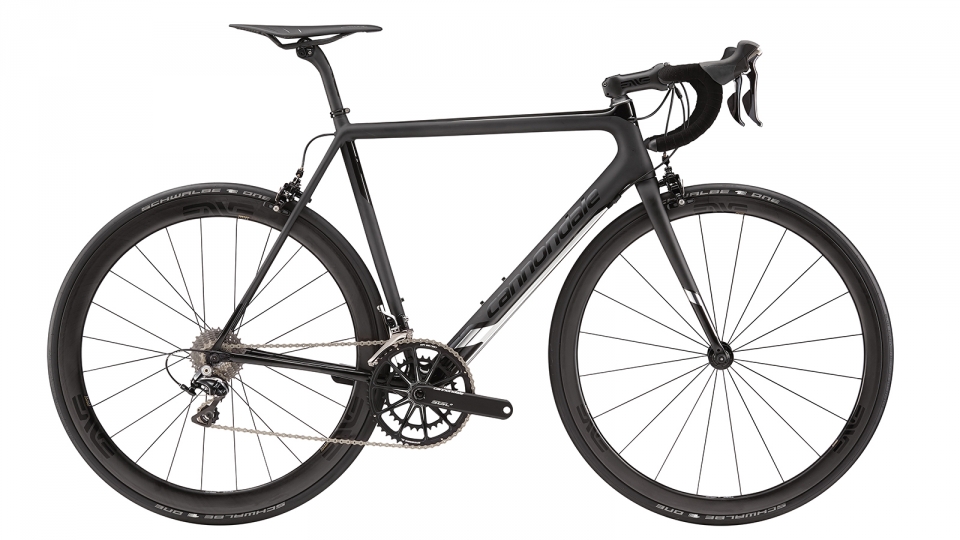
Cannondale SuperSix EVO Black Inc.
Cannondale also adopted the wider 73mm BB30a standard first introduced on the new Synapse. Having a wider shell has enabled them to design asymmetric stays with the non-driveside stay significantly beefier. A wider bottom bracket could lead to an increased Q-factor and therefore a loss in aero performance. That's why you'll only see Si cranks on this frame, as the Si was designed around both BB30 and BB30a to be slimmer and maintain a narrow Q-Factor.
The BB shell lay-up is also revised, adding more stiffening (ballistec) layers, these wrap through and around the BB shell from the stays.
At the head tube, Cannondale claims a stiffness gain of up 12 percent, at 103 [N/deg], gained by the new hourglass shape and a new lay-up. Much like the BB shell, Devine said this area is stiffer but not too stiff.
Smoother
To take the edge off, Cannondale ramped up compliance in the rear triangle and the fork with what they call SPEED SAVE micro-suspension. New chainstays add a claimed 15 percent more compliance (at 142 [N/mm]) than before.
The SPEED SAVE fork has a one-piece design, including the dropouts. The crown race is in-moulded, too, shaving a claimed 30g off the design by doing away with the metal crown race and requiring less carbon overall.
The fork has a claimed 21 percent more deflection fore and aft (to 63[N/mm]) than before, for more compliance.
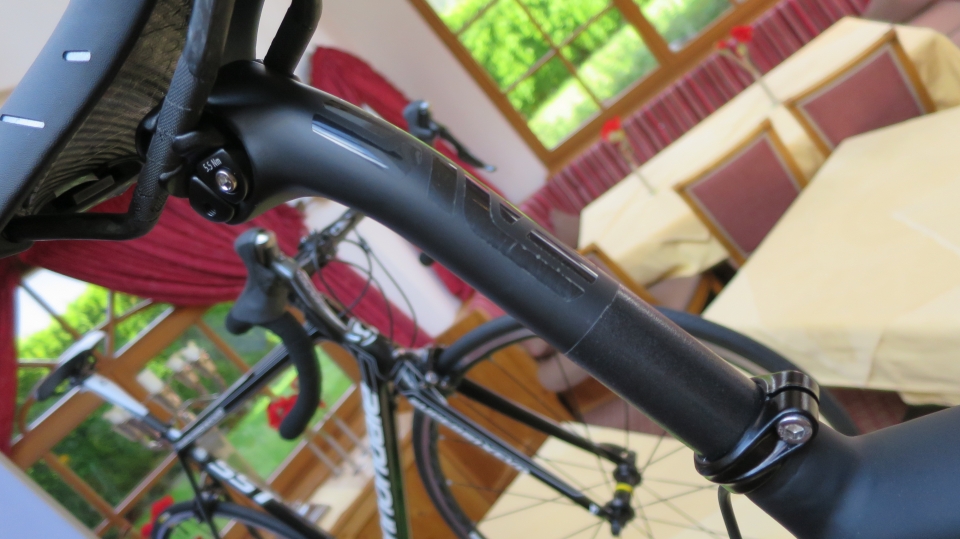
ENVE's 25.4mm post removes weight and adds comfort, compared to a standard 27.2mm post
Again following the lead of the Synapse, the SuperSix EVO uses a slender 25.4mm seatpost, which offers 36 percent more deflection than the previous and standard 27.2mm post. Plus, it's lighter, too, at 180g.
The bike comes with 25mm tires but the geometry has been corrected for a bigger tyre, by dropping the BB height by 3.8mm.
Aero, weight and crank details
TAP (Truncated aero profiles) are used throughout all of the main tubes, and the fork legs. In the flesh it's very, very subtle. There's a neat wind-tunnel learned trick here too, by dropping the second bottle (seat tube) down sitting behind the first its effectively shielded saving 15g of drag, or 1.5watts. The complete bike has a claimed 60g reduction (or 6 watts at 40km) over the old EVO.
System weight is down by 67g, but the frame is actually heavier than before at 777g. The fork has saved 40g (280g from 320g). The headset is 14g lighter and the post 30g lighter (180 from 210). The complete frameset weight is 1,303g.
The SiSL2 crank is made in a clamshell design, machined from a single billet in halves and then bonded together. Matched to the 10-arm spidering, (now called the SL) which is 3D formed using a patented process (OPI) owned by Cannondale it's phenomenally light at 556g (complete).
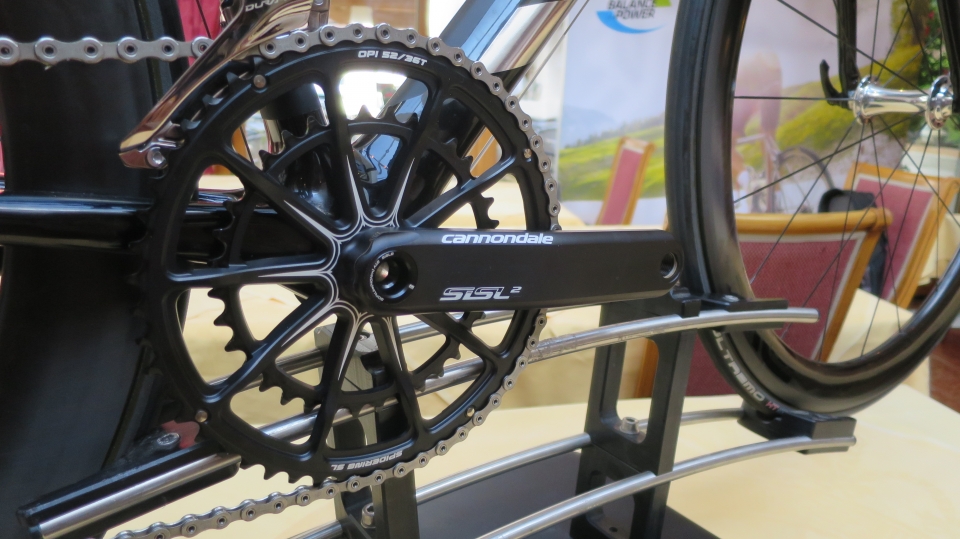
The 10-arm spider on the SiSL2 cranks
The Si crank uses the OPI process for its crank arms, matched to an 8-arm OPI one-piece ring. Cannondale claimed it to be 72 percent stiffer than Shimano Dura-Ace cranks and 58g lighter (579g or 651g including the BB).
The Team rode the bike back in February (at a training camp) and you'll see the all-green prototype raced this weekend in the Dutch champs, and a few other races. Come the Tour de France the whole team will be on the Team model.
Prices and weights (for a 56cm bike)
Cannondale SuperSix EVO Black Inc. DA 900/ENVE 45 on Chris King hubs/ENVE bars
- 5.8kg / 12.79lb
- US$12,790 (UK/AU pricing not immediately available)
Cannondale SuperSix EVO Team. DA Di2/MAVIC COSMIC PRO/FSA K-Force light bar/stem/post
- 6.3kg / 13.89lb
- US$10,660 (UK/AU pricing not immediately available)
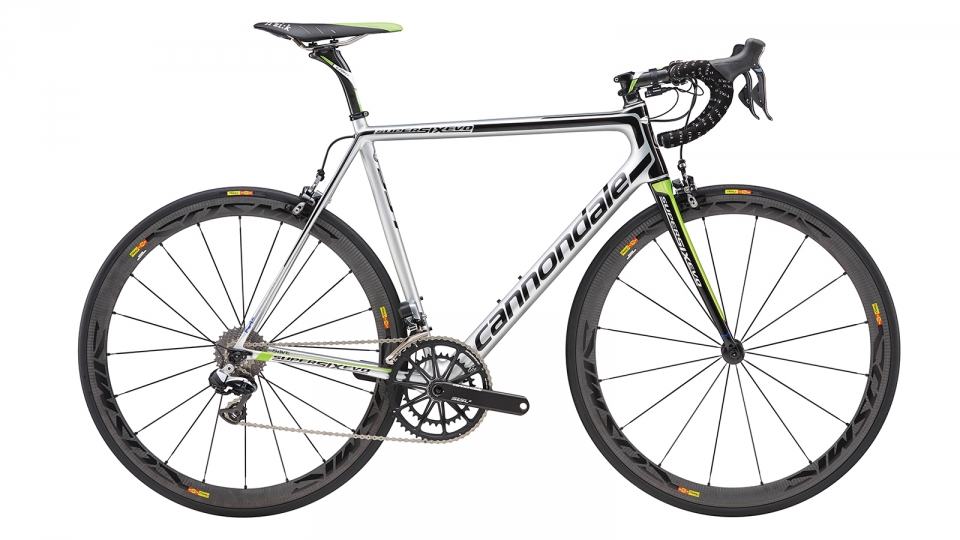
- 6.26kg / 13.8lb
- US$7,990 (UK/AU pricing not immediately available)
Cannondale SuperSix EVO Dura-Ace 2 Kysrium Elite/Cannondale C1/ Si chainset
- 6.58kg / 14.51lb
- US$5,330 (UK/AU pricing not immediately available)
Cannondale SuperSix EVO Ultegra. Kysrium/Cannondale C1/Si Chainset
- 6.9kg / 15.21lb
- US$4,260 (UK/AU pricing not immediately available)